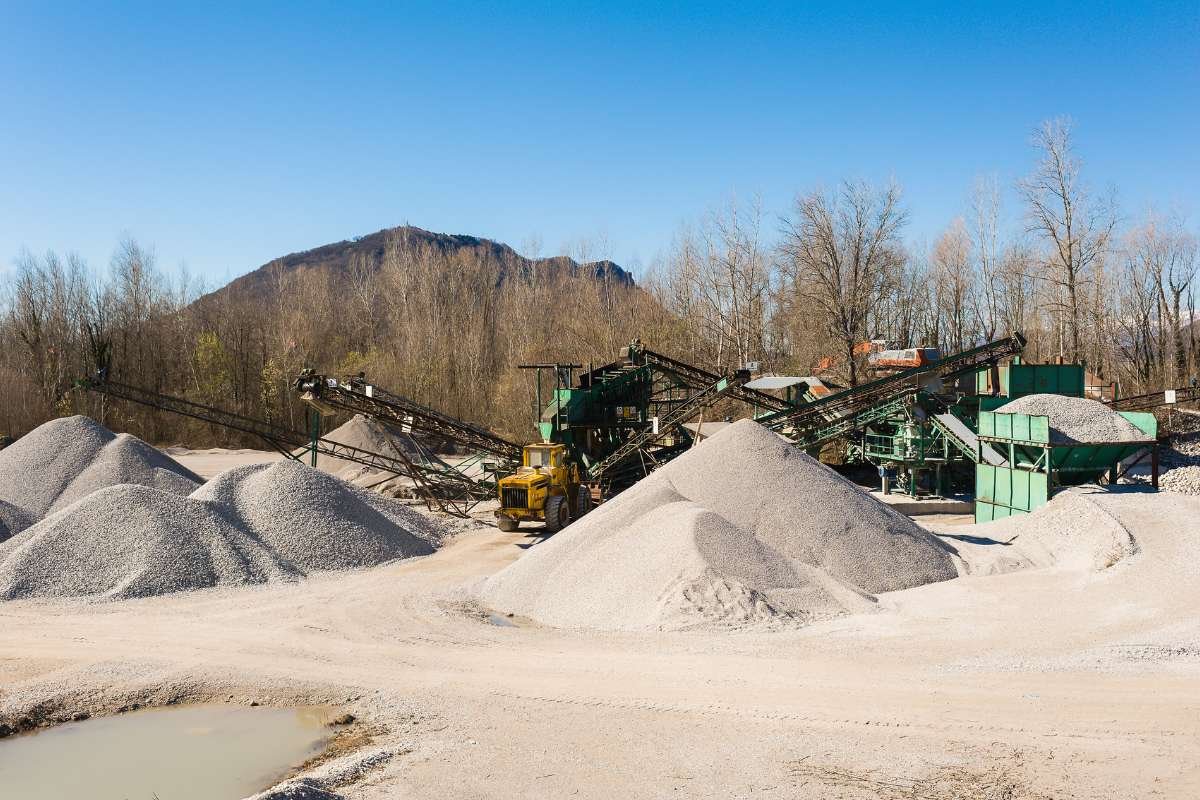In today’s competitive market, companies are continually seeking ways to improve production efficiency and reduce costs. For the HVAC (Heating, Ventilation, and Air Conditioning) manufacturing industry, streamlining HVAC manufacturing processes is crucial both for maintaining profitability and ensuring sustainable practices. By adopting best practices in design, production, and supply chain management, HVAC manufacturers can achieve remarkable improvements in efficiency and cost-effectiveness.
Key Points for Streamlining HVAC Manufacturing
1. Optimizing Design and Engineering
Before the first unit is produced, it is essential to start with an optimized design. Did you know that, HVAC manufacturing benefits greatly from incorporating design thinking that focuses on simplicity, functionality, and modularity? Simplified designs reduce the number of components and streamline the manufacturing process, while modular designs allow for easier adjustments and expansions. This results in reduced material costs and faster assembly times.
Advanced engineering tools also play a crucial role in optimizing designs. By utilizing computer-aided design (CAD) software and simulation tools, engineers can foresee potential issues and test different scenarios without the cost or time associated with physical prototypes. This proactive approach ensures that the first unit of production is more precise, saving resources in the long run.
2. Lean Manufacturing Principles

Implementing lean manufacturing principles can significantly impact the efficiency of HVAC production. Lean manufacturing emphasizes waste reduction, continuous improvement, and maximizing value for the customer. Practices such as Just-In-Time (JIT) inventory management help reduce overproduction and excess inventory costs. By producing only what is needed and when it is needed, manufacturers can lower storage costs and minimize the risk of obsolescence.
Moreover, value stream mapping offers a holistic view of the production process, highlighting areas where waste can be eliminated. Whether it’s reducing unnecessary movement in the production line or streamlining communication between departments, small improvements can lead to significant cost savings and enhanced efficiency.
3. Enhancing Employee Training and Involvement
A well-trained workforce is foundational to any successful manufacturing operation. In HVAC manufacturing, investing in employee training ensures that workers possess the necessary skills to operate sophisticated machinery and adhere to stringent quality standards. Cross-training employees to handle multiple roles can also increase flexibility and reduce downtime in the production process.
Encouraging employee involvement in process improvements can lead to innovative solutions and a more engaged workforce. By establishing platforms for feedback and suggestions, companies can harness the collective experience and insights of their employees to identify bottlenecks and inefficiencies that management might overlook.
4. Integrating Advanced Technology and Automation

Incorporating advanced technology and automation into the manufacturing process is critical for enhancing efficiency and reducing costs. Automation can perform repetitive and labor-intensive tasks more quickly and accurately than human labor, freeing up employees to focus on higher-value activities. From robotic assembly lines to automated quality checks, technology reduces errors and increases consistency in production.
Furthermore, adopting Industry 4.0 technologies, such as the Internet of Things (IoT) and data analytics, enables manufacturers to monitor production in real time. By analyzing data from sensors and connected devices, companies can quickly identify issues and implement corrective measures, thus improving overall efficiency and reducing downtime.
5. Improving Supply Chain Management
A streamlined supply chain is fundamental to the cost-effective Streamlining HVAC manufacturing. Building strong relationships with suppliers can lead to better pricing, more reliable deliveries, and improved quality of components. Practicing strategic sourcing and negotiating long-term contracts can protect manufacturers from market volatility and ensure a steady supply of essential materials.
Additionally, leveraging digital tools for supply chain management can enhance visibility and control. Technologies like blockchain provide transparency, traceability, and security, ensuring that manufacturers have accurate information on inventory levels, supplier performance, and delivery schedules. This transparency helps in making informed decisions and quickly adapting to market changes.
6. Emphasizing Sustainability

Sustainability and cost-effectiveness go hand-in-hand. By focusing on sustainable practices, HVAC manufacturers can reduce waste, lower energy consumption, and decrease their environmental footprint—all of which contribute to cost savings. For example, recycling materials and reducing scrap can lower raw material costs. Implementing energy-efficient processes and equipment further cuts down on utility expenses.
In conclusion, streamlining HVAC manufacturing requires a multifaceted approach that encompasses design optimization, lean manufacturing principles, employee training, advanced technology, efficient supply chain management, and sustainability. By focusing on these best practices, manufacturers can not only enhance their competitiveness but also contribute to a more sustainable industry landscape. As the market continues to evolve, companies that prioritize efficiency and innovation will lead the way in delivering high-quality HVAC products at competitive prices.


















